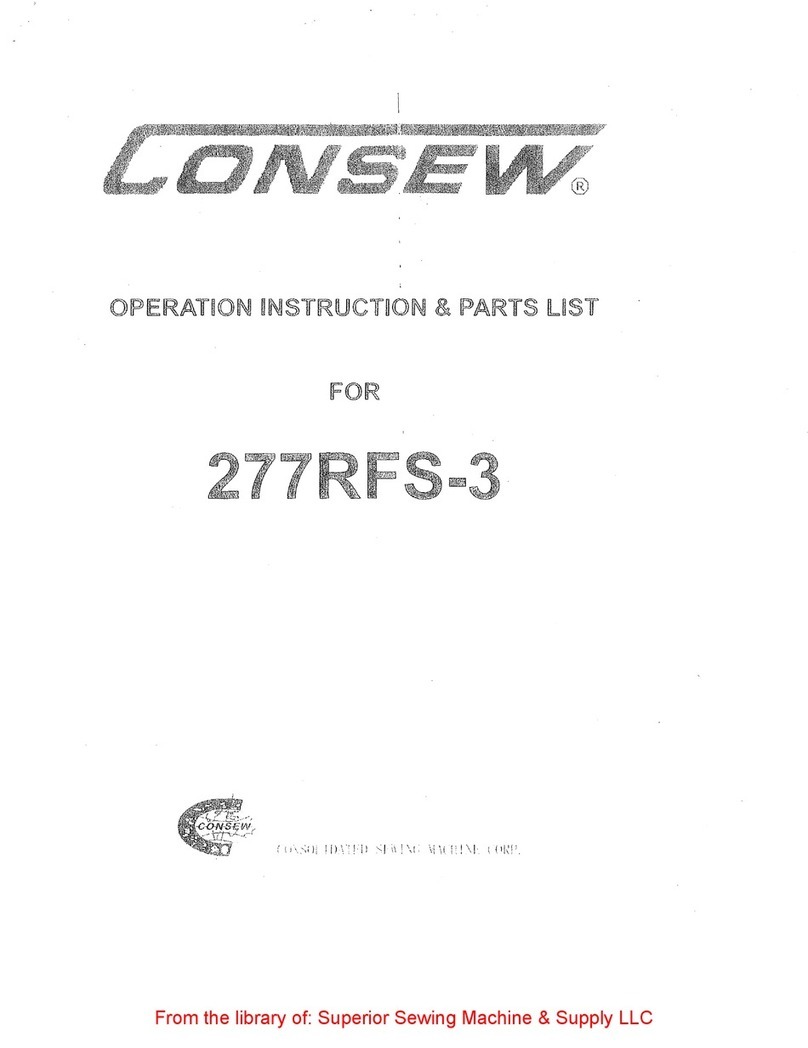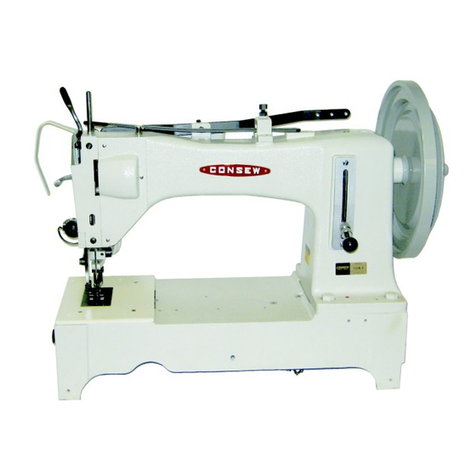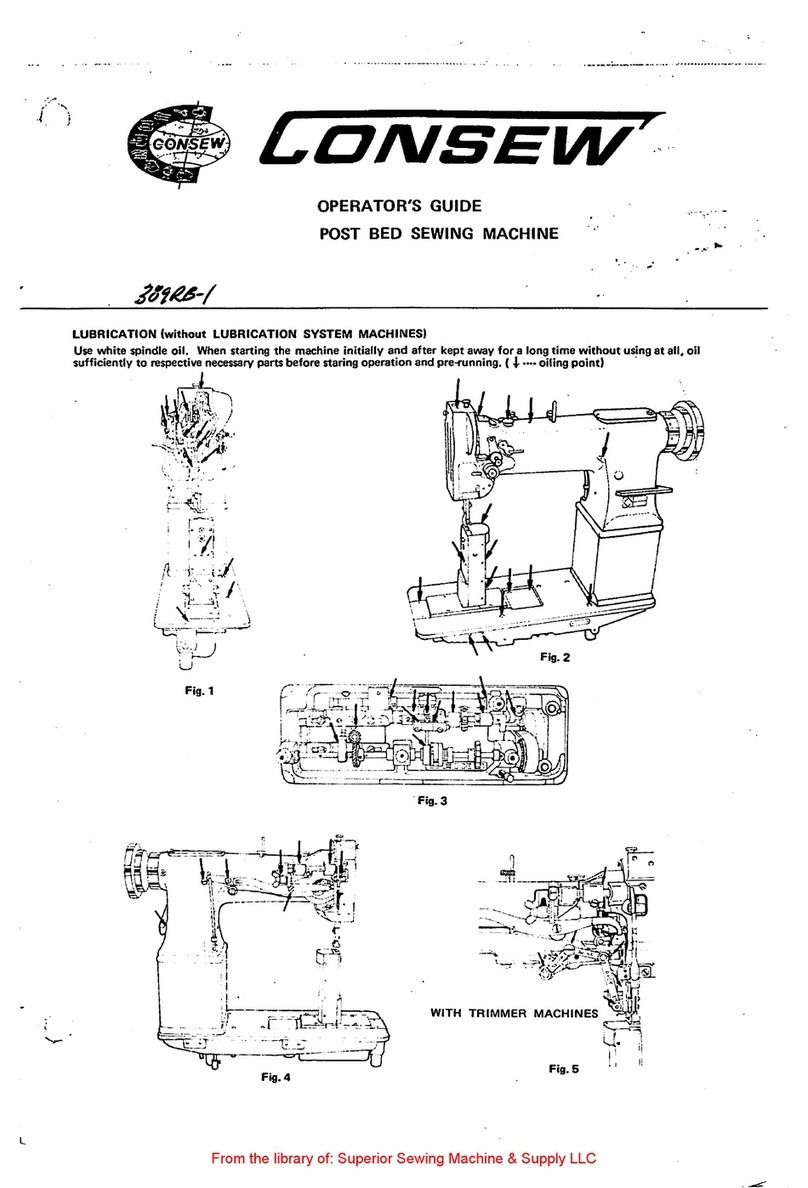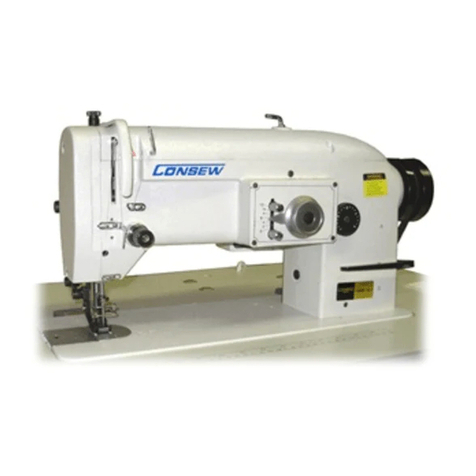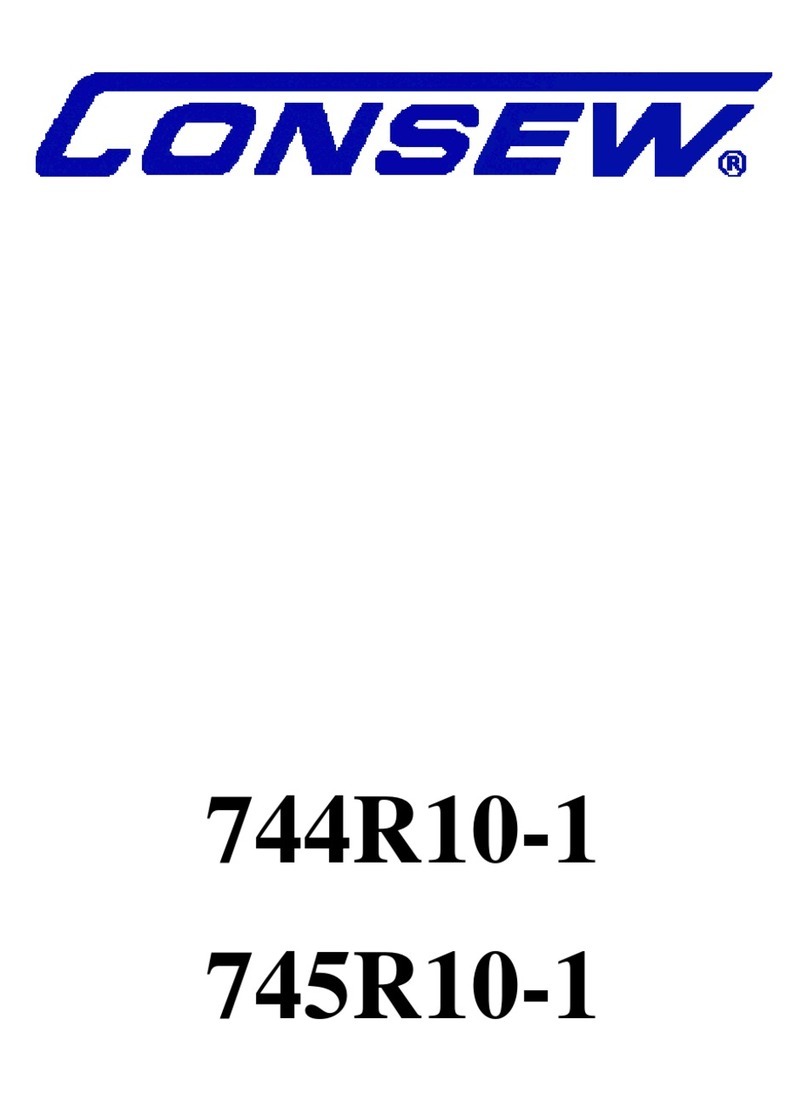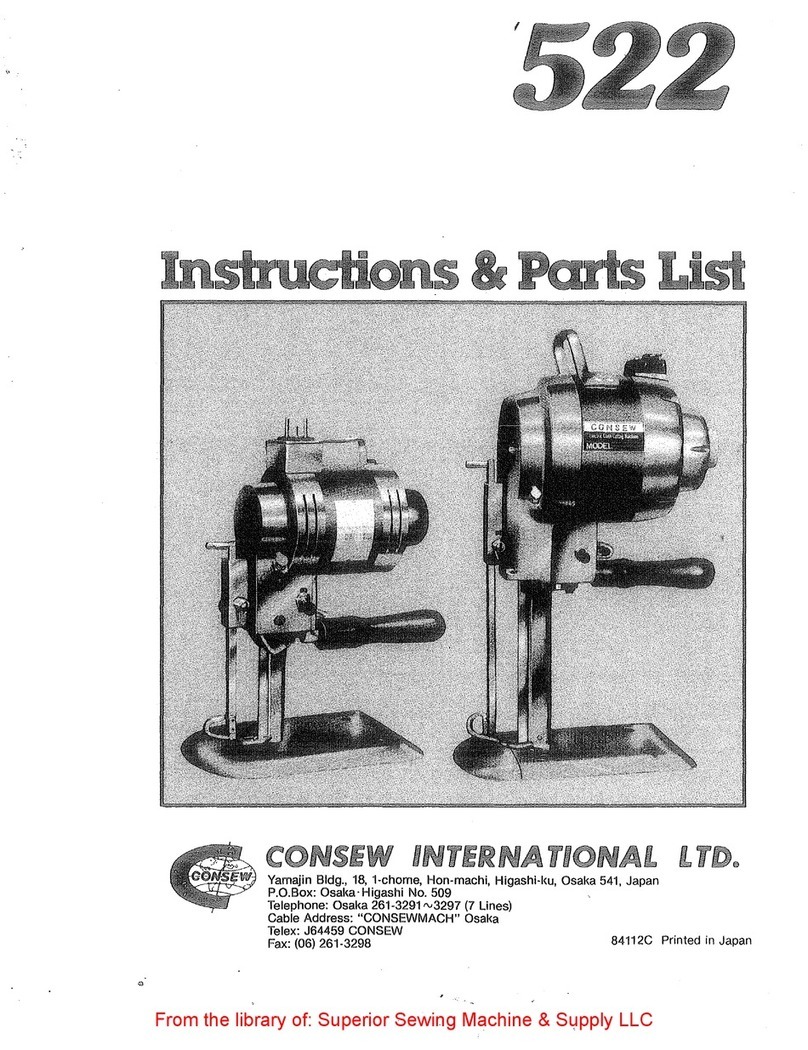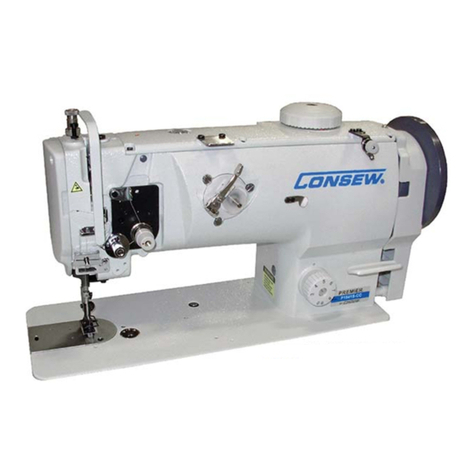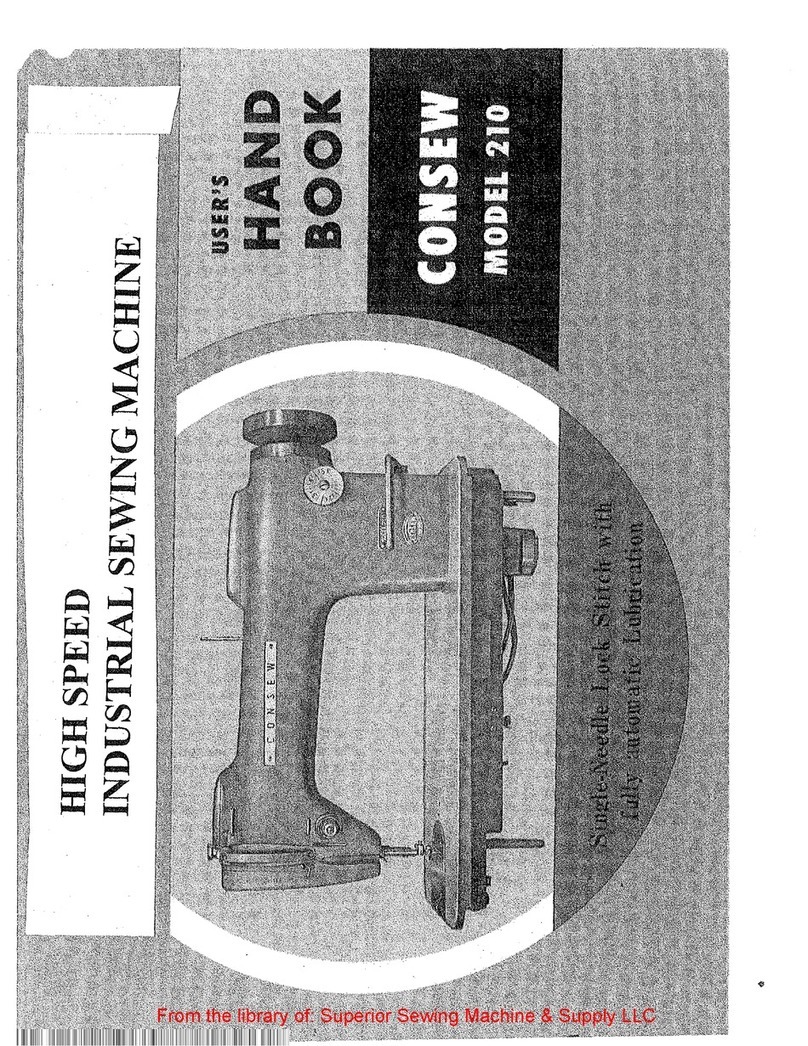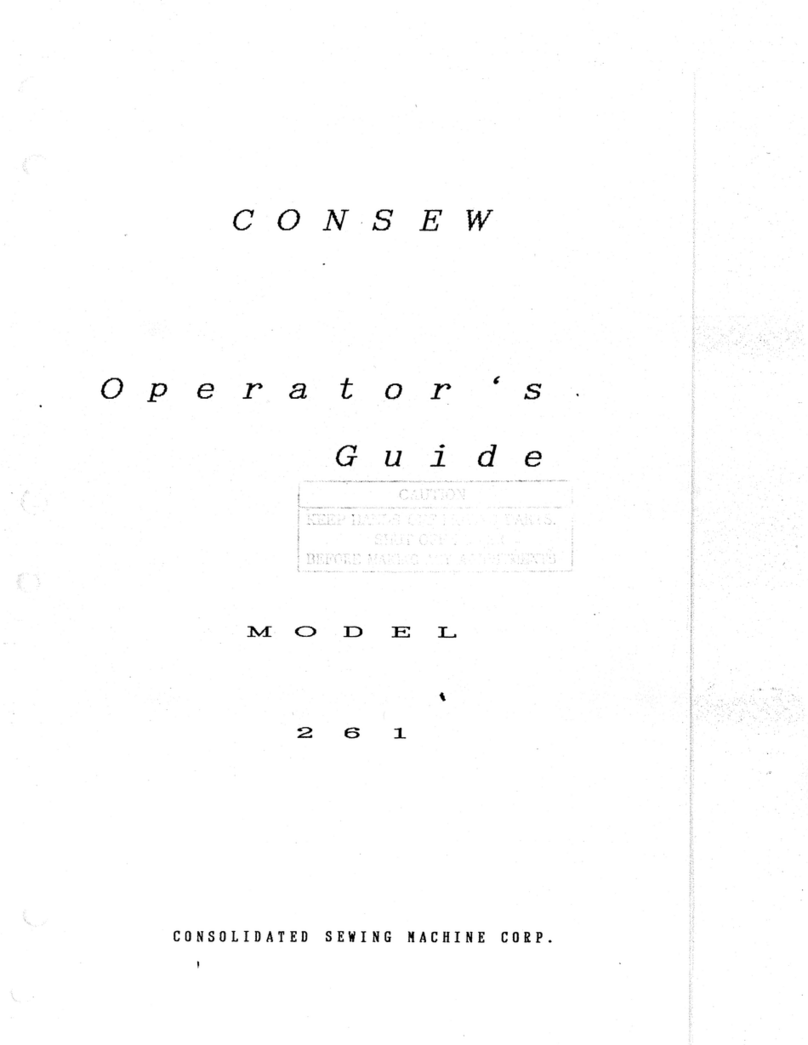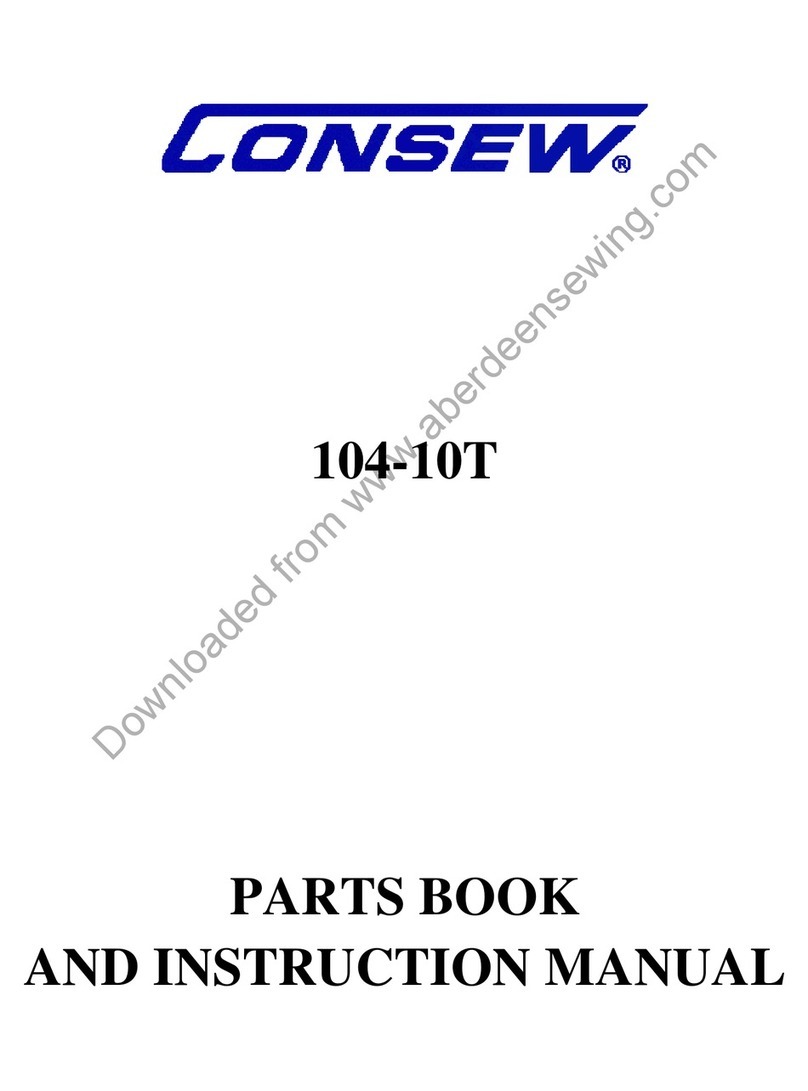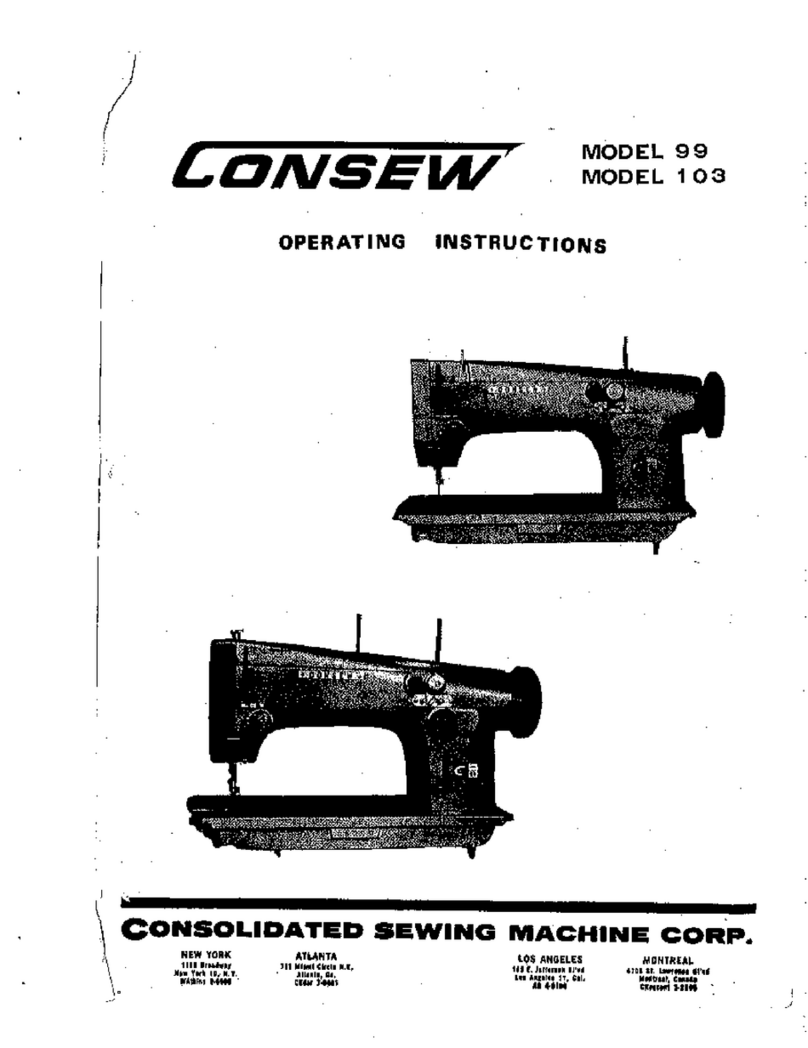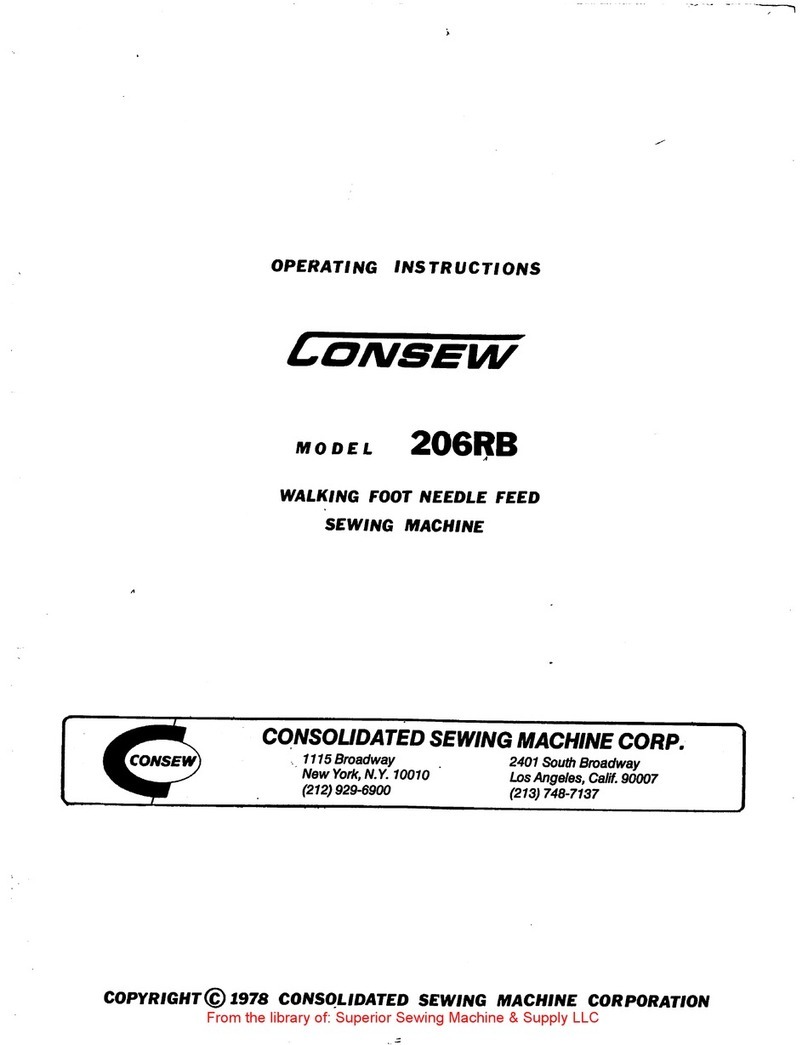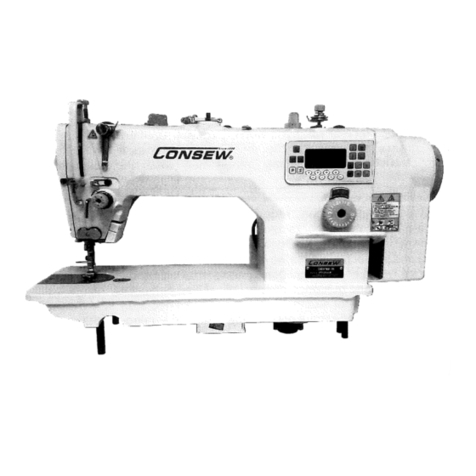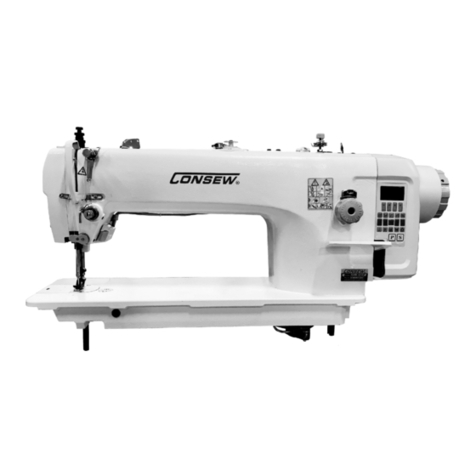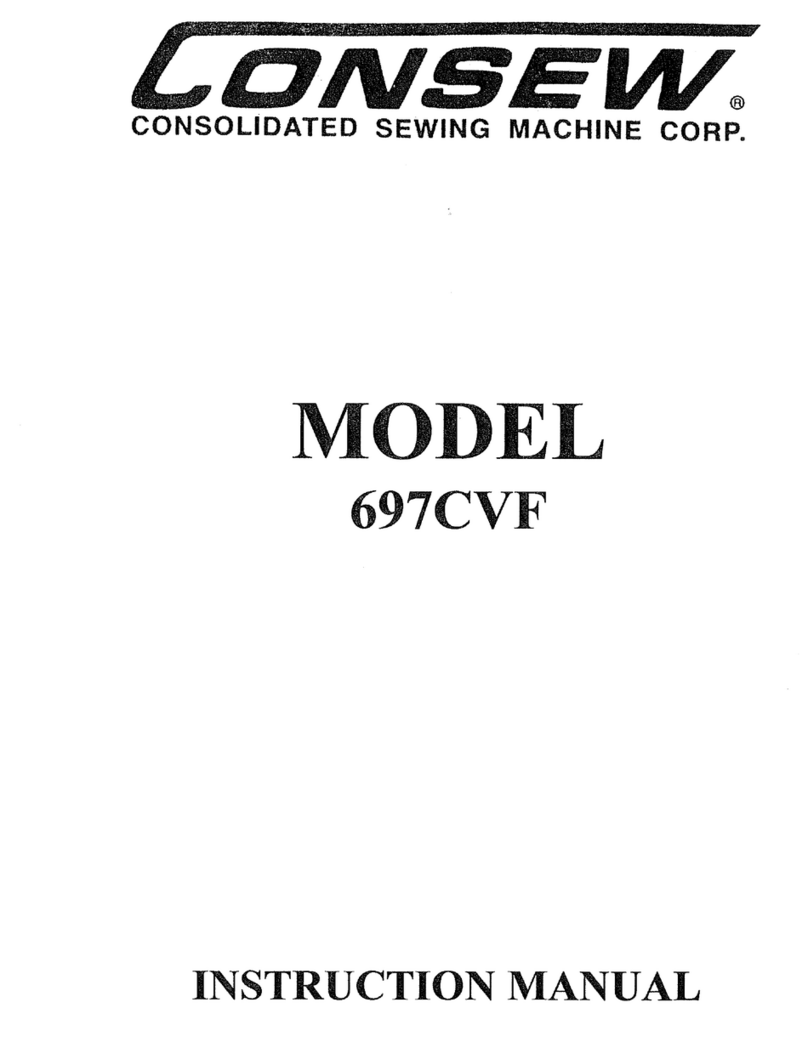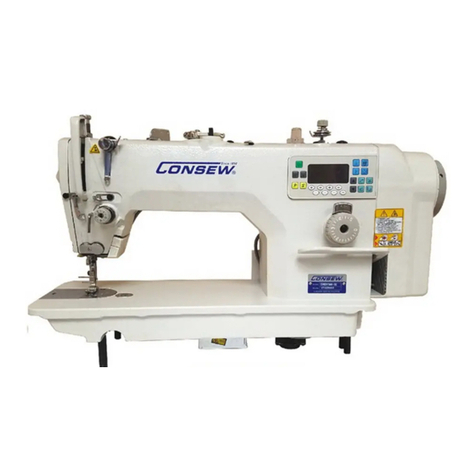
TABLE OF CONTENTS
I.
GENERAL
DESCRIPTION
Page
1 Special features
...............
,
...........
·
........
·
··
·
...............
.
2 Names of parts ··..·....··
......
···....·....·..··....···......······
..
· 2
3 Sewing speed ·....·
........
·
..
·
......
·.. ·
..
·......·....·......····
..
··.. 2
133
4 Installing
the
machine ....·
............
·............
.. ··
2
5 Bobbin winder spool pin .. ·
......
·
......
··
........
·....·....··...... 3
6 Specifications
..........
··....·....··
........
··....·.. ···· ··
..
···
..
·
..
·· 3
II
HOW
TO
OPERATE
THE
MACHINE
1 Lubrication
..........
,
...............................
·..............·........ 4
2 Oiling
the
rotary hook
..........
·
......
·
........
··.. ··
.........
·.. ·
..
4
3 Needles
.....................................................................
4
4
Threading
the
machine ·.. ·....·....·....·
...........
·
.............
· 5
5 Winding
the
bobbin
thread
...................
·
................
·
..
5
·6 Inserting the bobbin into the bobbin case .. ·....·....·........ 6
7 Fixing
the
zigzag width
of
throw
..
·
..............................
6
8 Embroidering
with
a fixed zigzag width
of
throw
.........
7
9 How to set up
the
embroidering hoop ·.. ·
..
·.. ·
..
·.. ·
........
7
10
How to embroider
......................................................
7
II
The
thread tension
......................................................
8
12
When the thread breaks
........
·
......
·....·
..
·.. ·......·....
·......
8
III
ADJUSTMENT
OF
STITCHING
1
Timing
and adjustment of needle throw
.......................
9
2 Adjusting the correct position of the needle throw
.........
9
3 Matching the rotary hook with the needJe
.....................
IQ
t
GENERAL
DESCRIPTION
1.
Special features
This
is
a high speed industrial sewing machine for embroidering. With
a speed of I,
700
stitches per minute,
it
can produce a width of throw of
12m/m (15/32'') but
if
the machine
i:;
used
at
IOm/m (25/64") width of
throw, it can embroider at a fast speed
of
2,000 stitches per minute.
This machine can, not only embroider designs on light weight
or
heavy
weight materials, but it can also embroider names and all kinds of marks to
produce attractive and inviting embroidered work.
The
design of this machine
is
of beautiful two-color tone
and
as
the
lubrication
is
of a centralized system, it is
not
necessary to oil the parts
at each instance. Also, as the presser
bar
is
of joint rod system, it
is
not
to push
the
presser
bar
up
or
down when installing an attachment.
-1-
Fig. I Complete View
From the library of: Superior Sewing Machine & Supply LLC

